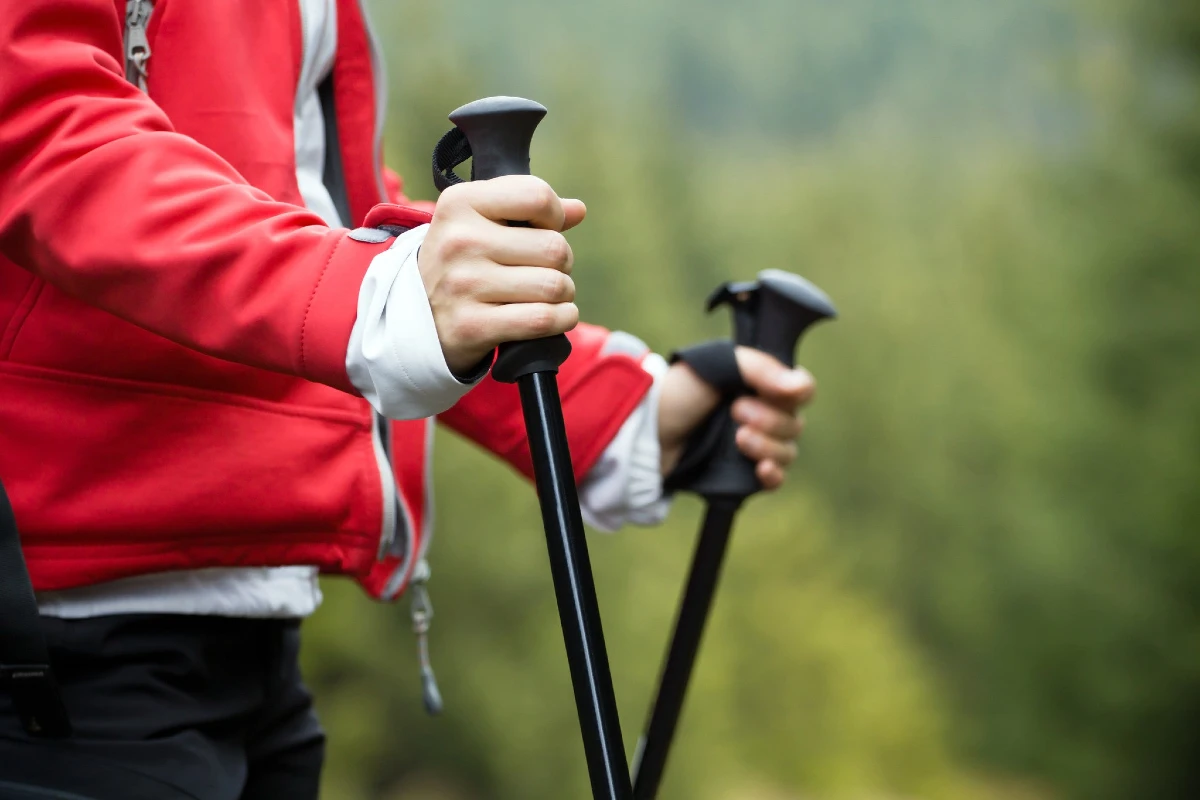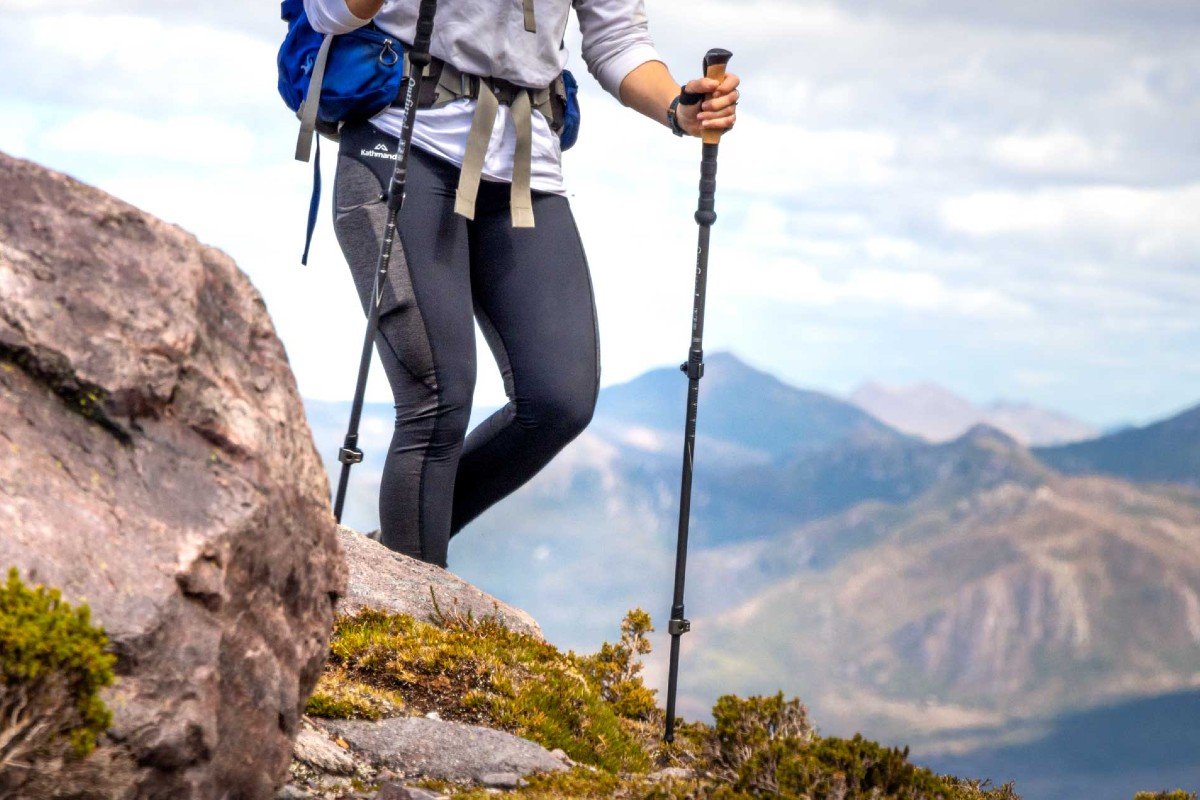
Are Trekking Poles Necessary for Trekking?
Trekking Poles Necessary for Trekkers While Trekking
When you start preparing for a trek, one of the most common questions that pops up is:
Do I really need trekking poles, or can I manage without them?
If you’ve never used them before, they might seem like an optional extra. But talk to any experienced trekker, and you’ll often hear a different story. For many, trekking poles turn out to be one of the most helpful pieces of gear they carry—especially in hilly, uneven, or rainy conditions.
So, are they essential? Let’s unpack this.
Why People Use Trekking Poles
Trekking poles are great for balance, comfort (less strain on knees), and control especially on difficult terrain. Think of them as an “extra leg” (two legs) to help keep you up when the trail gets rocky.
They are particularly useful when:
- You are going downhill (which puts a lot of weight/stress on knees)
- You are trekking in the rain and or snow and ground is slippery
- You have a heavy backpack and want more stability
- You are crossing a stream or through a muddy area.
When You might not need them
If you are doing a short/easy hike and have to do little elevation gain, it is not a need. Many of, the public enjoy a more free hiking experience without poles, especially on the quicker hikes, or where they would take a lot of pictures, or taking pictures that often involves not using their hands.
Pro’s of Trekking Poles
- Easier on the knees – especially on steep decents.
- Helps with rhythm and balance
- Reduces fatigue on long treks
- Provides control when on wet, rocky, or uneven terrain.
Cons of Trekking Poles
- Adds weight to your equipment sad (but most poles are fairly light)
- Can get in the way if using your hands (e.g., scrambling on rocks)
- Can take time to get used to if you have never used before.
If you are thinking about trying trekking poles for the first time:
- Make sure they are adjusted to the right height: Walking on flat plain, your elbow should be at a right angle.
- Use the wrist straps properly so you don’t have to grip the handle too tightly.
- Shorten them for climbs, and lengthen them for descents.
- Try them out on a day hike before your big trip. It takes a bit of practice, but they’ll feel natural quickly.
Final Thought: Are They Worth It?
If you’re heading into the mountains—especially trekking in Hampta Pass, Valley of Flowers, or any trek during the monsoon or snow season—you’ll want to seriously consider trekking poles. They are not a true necessity, but they help make the experience more secure, enjoyable, and safe.
If your route is short, flat, and dry, you can leave them behind, but if there is steep climbing, steep descents, or rocky/hiking path, you’ll be glad to have them.

